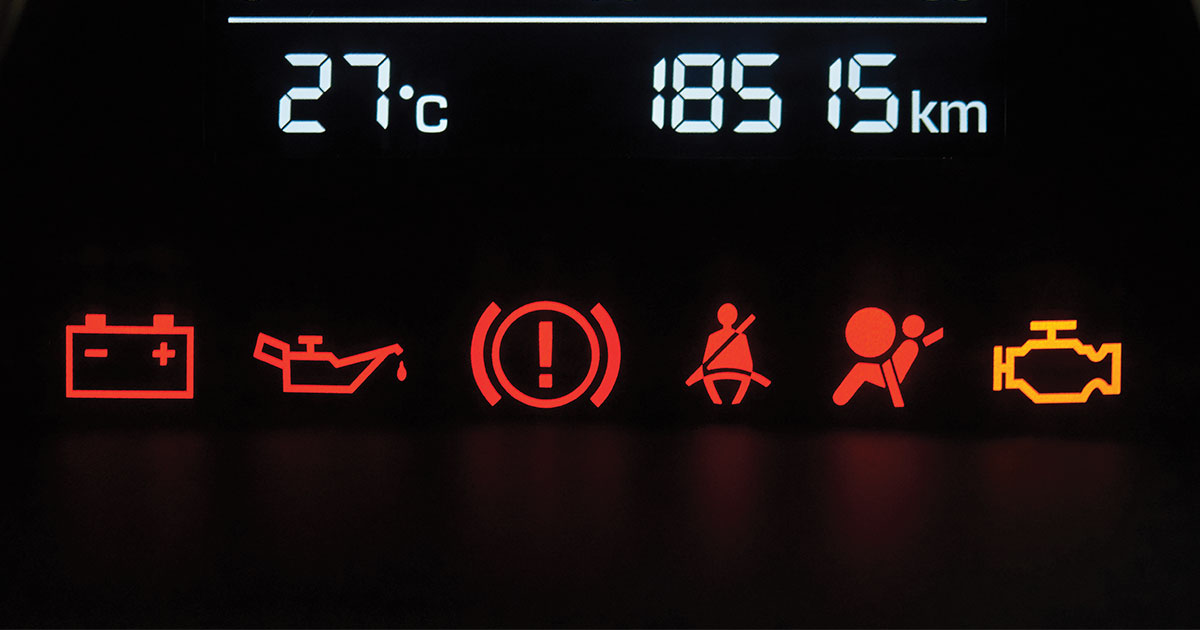From an operator’s perspective, the inner working of a vehicle is inconsequential just as long as the ignition switch activates the battery’s voltage and comes to life! Dependability is the number one factor of what defines a great car. Beyond the cargo space, ample legroom and a few other factors, which may include road trips and your four-legged friend, the investment in your vehicle is worth it!
Keeping a Written Record
A small spiral notebook may be the ideal system to record the date associated with problems, repairs or replacements made to your car. The system should accommodate your needs. Consider placing it in the console or glove box for ease of access! Just think, in the prospect of needing new tires or considering a trade for a new model, you have a precise reference tool to offer information. Another great tool to add in reminders is the calendar app on your phone.
Oil Changes
Non-synthetic oil created a rule of thumb, which suggested oil changes occurred every 3,000 miles; however, most vehicles today use synthetic extending the need to 5,000 to 10,000 miles. For the best performance and to save money, it is wise to know the mileage between oil changes. Check your owner’s manual to learn your vehicle’s requirements.
Tip: Depending on your oil change mileage, keep in mind tires require rotation every 6,000 to 8,000 miles.
Tires
With a quarter in hand, place the coin into the tread groove with George Washington’s head facing upside down. The goal is for the tread to reach Washington’s head. A clear reading of the word liberty indicates a need for new tires!
Early Warning Reporting Notices
Google the National Highway Traffic Safety Administration to determine whether the manufacturer of your vehicle issued a recall. The good news is all NHTSA repairs are the dealership’s responsibility.
Look Under the Hood
Every driver can be responsible for three areas under the hood.
- Lights: As a means of safety, check monthly to ensure all exterior lights properly work. Drivers should remain aware of interior lights, too. Make sure they remain off.
- Oil: Despite following the rules of scheduling oil changes, check your oil levels monthly. It takes just a minute to remove and clean the dipstick, insert and remove to read the results. Two lines will indicate a “low” and “full” level. If oil levels are low, top off immediately to keep your engine running smoothly. Secondly, take notice of a burnt fuel smell. Start looking at the ground for either fuel or oil leaks. If dirt is in the oil, you may need an immediate oil change.
- Coolant: Usually located on the left side, look for a large plastic container marked “coolant.” Check the “full” line. If fluids are low, buy a “pre-mix” container along with a funnel to prevent splashes.
- Air Filter: A clogged air filter containing dust, dirt and other contaminants can negatively impact your engine. Usually, after 15,000 to 20,000 miles, it is wise to lift the box near the engine marked “air filter” to assess its cleanliness. Check out yours today!
- Windshield Wiper Fluid: Having a clear view outside your window has its appeal, especially during pollen season. The tank has a label and a line preventing an overflow.
Battery
How long ago did you buy a battery? Despite a warranty measured by time and not mileage, most barriers last four to five years, extending to roughly 60,000 miles. There are viable ways to extend its life. For instance, short distances prevent your car’s battery from fully charging; therefore, consider ways to drive your vehicle for extended periods. It may require combining numerous errands.
- Ensure the terminals are free from corrosion. With a toothbrush dipped in equal parts of baking soda and water, scrub the terminals. Use a spray bottle to rinse and clean cloth to dry. The act will take just a minute with a significant effect.
- By using a multimeter, test your battery’s output voltage levels. The effort can ensure you take responsibility to install a new battery before it dies.
Follow Maintenance Checks
While you can take personal care of your vehicle to ensure its lifespan, consider printing out a copy of the basic car maintenance schedule. You’ll save money while knowing when to request professional assistance!





















